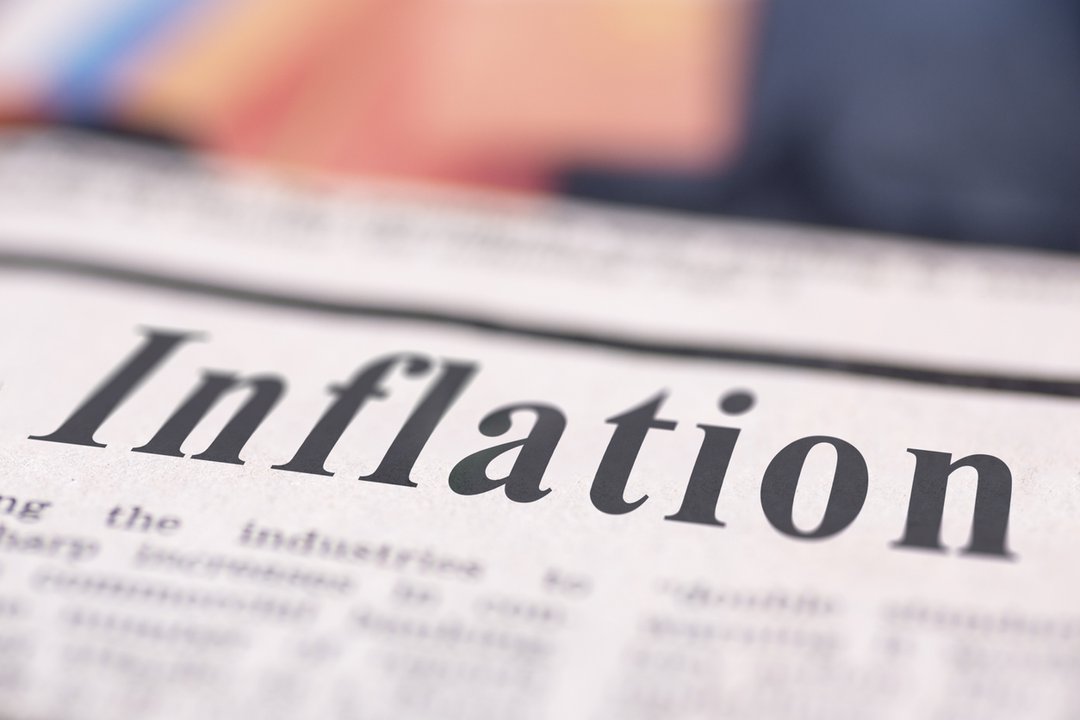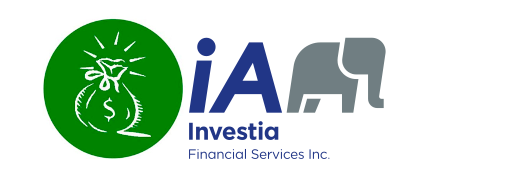
David Parkinson
Jan. 20, 2022
It’s mid-January in Canada. It’s cold. It’s snowy. We’re even more housebound than usual, thanks to a pandemic. And now, our national statistical agency has just informed us that inflation is at a 30-year high.
Kind of hard to see the bright side right now, isn’t it?

iStock-1273611633.jpg
So, yes, the headlines and much of the spilled ink over Wednesday’s monthly consumer price index, or CPI, report will focus on the gloom: a 12-month inflation rate of 4.8 per cent for December, the biggest number Canada has seen since 1991. Not coincidentally, that was the year the Bank of Canada introduced its 2-per-cent inflation target, making this inflation report a stark reminder that our central bank has some serious work ahead of it as it prepares for its Jan. 26 interest rate decision.
There’s no question that our country faces a serious challenge with inflation, and that the Bank of Canada will have to embark on a series of interest rate increases to lean hard against those mounting pressures. But through even this dark cloud shines glimmers of sunlight. Statistics Canada’s inflation report does contain some positives when you look past the ugly face of it. Maybe it ain’t so bad. Really. (No, REALLY.)
A decline! A palpable decline!
Despite the rise in the year-over-year inflation rate in December, CPI actually was down 0.1 per cent when compared with a month earlier. That’s the first such decline in a year, and follows a sharp slowdown in the month-to-month pace from October to November. While it’s only two months, it does suggest a meaningful deceleration.
A drop in gasoline prices (down 4.1 per cent) was the key contributor to December’s month-to-month decline, but the slowdown was actually fairly widespread. Six of the eight major segments of the CPI fell last month. Prices for clothing were down nearly 5 per cent. Video equipment fell more than 5 per cent. Smartphones and tablets were 8 per cent cheaper. Looks like there were some nice bargains to be found during our holiday gift shopping.
One thing that went very much in the opposite direction was the cost of air travel, up nearly 25 per cent month over month. Statscan pointed out that this boiled down to airline tickets doing exactly what they typically did before the pandemic – spike over the holidays when travel demand surges. So, really, indicative of a move closer to normal, at least before Omicron infections surged. Expensive, yes, but perhaps an encouraging sign nonetheless.
Looking through the base effects
The year-over-year inflation rate has carried a big asterisk for most of 2021 – what economists refer to as “base effects.” Essentially, it means that the year-earlier “base” of prices that are used in calculating the 12-month change was unusually low, reflecting the plunge in prices during the early months of the pandemic. So the price rise over the past several months is overstated by the unfortunate arithmetic of slumping prices a year ago versus rising prices today. Craig Wright, chief economist at Royal Bank of Canada, recently calculated these base effects account for about two percentage points of the current inflation rate.
If you simply compare the current level of the CPI with February, 2020 – the last prepandemic month – you find inflation after all the ups and downs of the pandemic is 2.6 per cent annualized. If you exclude the sharp increase in gasoline prices over that time, it’s just 2.1 per cent. Still above the Bank of Canada’s 2-per-cent target, yes, but a more reasonable – and manageable – indication of the work the central bank has ahead of it.
The good news is those base effects are about to reverse course, as the cheaper prices of earlier in the pandemic drop out of the calculation, replaced by the rising prices that prevailed last year.
“The broad increase in prices, led by prices for energy products, will have a downward impact on the year-over-year rate of consumer inflation through the first half of 2022, because higher prices from 2021 will be used as the basis for year-over-year comparisons,” Statscan said.
Some perspective on house inflation
Worried that Statscan’s CPI measure fails to capture the skyrocketing housing prices gripping the country? Relax. The vast majority of us didn’t capture those price increases in our spending, either.
There are more than 15 million households in Canada, and home sales last year totalled 667,000. That means only about 4 per cent of Canadian households actually bought a home in last year’s wild market. And about one-third of those buyers sold another home when they made their purchase, meaning they also benefited from the price surge. So, really, less than 3 per cent of Canadians actually experienced the home price inflation that we’ve talked so much about over the past year.
While we’re on the subject, more than two-thirds of Canadian households are homeowners. That means the majority of Canadians have, effectively, profited from home-price inflation, as it has increased the value of their biggest asset and, thus, increased their personal wealth. It’s legitimate to worry about the impact on new entrants to the market, but the reality is these rising values are not hurting most of us.
This Globe and Mail article was legally licensed by AdvisorStream.
© Copyright 2024 The Globe and Mail Inc. All rights reserved.


